Images come in all shapes and sizes. In many cases they are larger
than required for a typical application user interface (UI). For
example, the system Gallery application displays photos taken using
your Android devices's camera which are typically much higher
resolution than the screen density of your device.
Given that you are working with limited memory, ideally you only want to load a lower resolution version in memory. The lower resolution version should match the size of the UI component that displays it. An image with a higher resolution does not provide any visible benefit, but still takes up precious memory and incurs additional performance overhead due to additional on the fly scaling.
Displays an arbitrary image, such as an icon. The ImageView class can
load images from various sources (such as resources or content
providers), takes care of computing its measurement from the image so
that it can be used in any layout manager, and provides various
display options such as scaling and tinting.
Remove android:adjustViewBounds="true"
Use Small Size (Resolution) oriented image .
Advice
You can use public void setImageResource (int resId)
Sets a drawable as the content of this ImageView.
This does Bitmap reading and decoding on the UI thread, which can
cause a latency hiccup. If that's a concern, consider using
setImageDrawable(android.graphics.drawable.Drawable) or
setImageBitmap(android.graphics.Bitmap) and BitmapFactory instead.
ImageView imageView = (ImageView) findViewById(R.id.image);
imageView.setImageResource(R.drawable.image1);
Read Drawable-hdpi, Drawable-mdpi, Drawable-ldpi Android
To declare different layouts and bitmaps you'd like to use for the
different screens, you must place these alternative resources in
separate directories/folders.
This means that if you generate a 200x200 image for xhdpi devices, you
should generate the same resource in 150x150 for hdpi, 100x100 for
mdpi, and 75x75 for ldpi devices.

